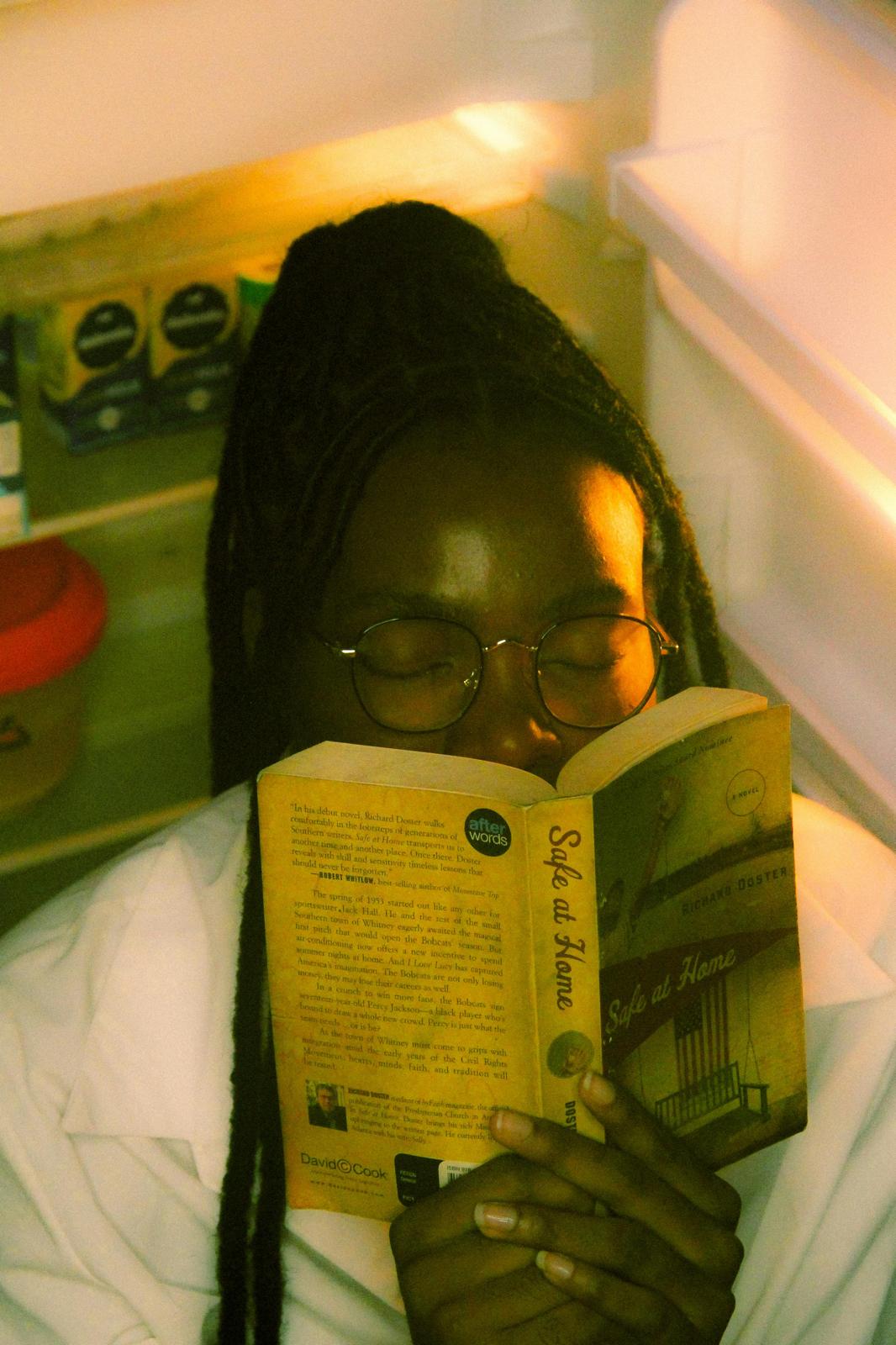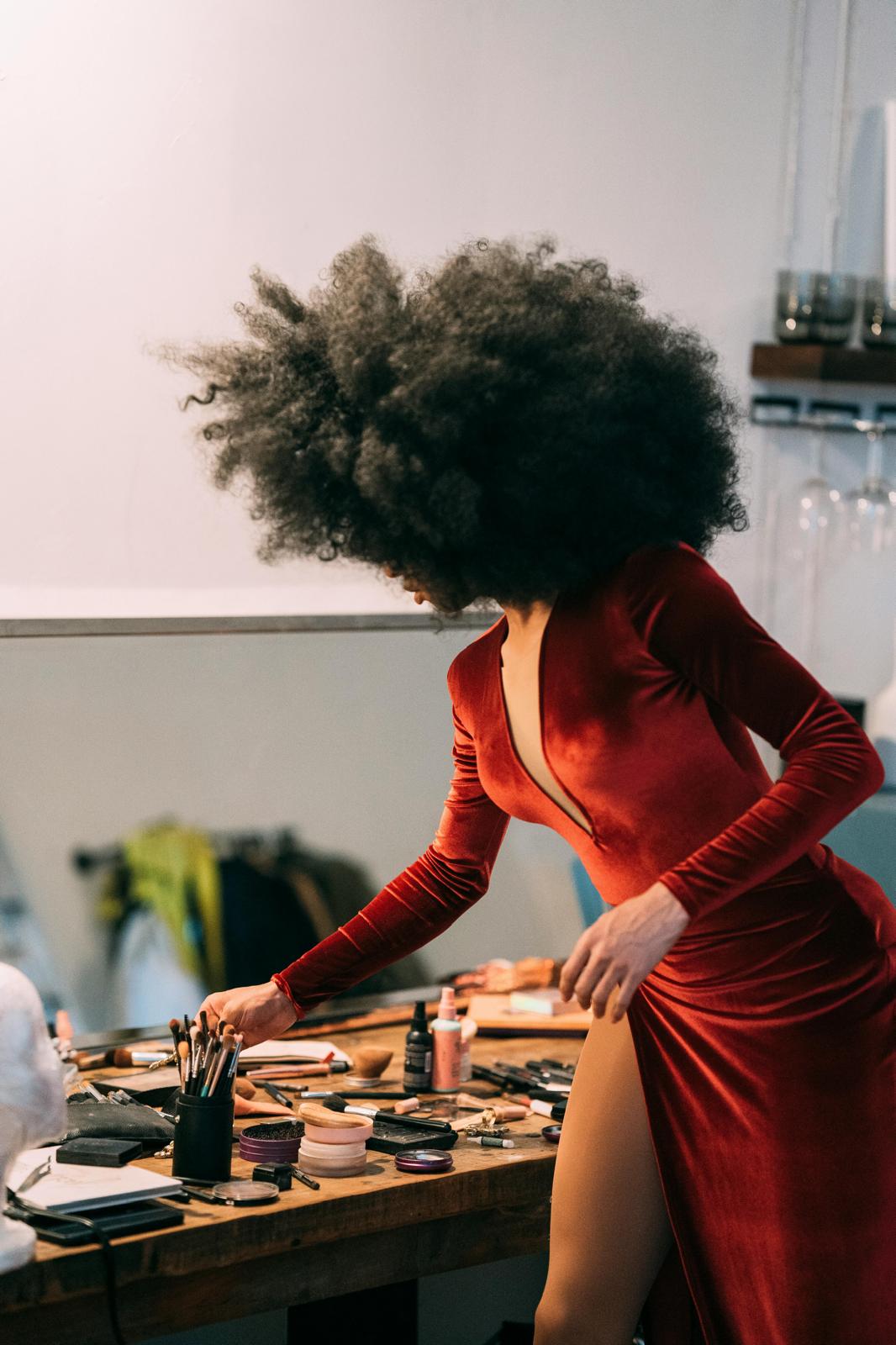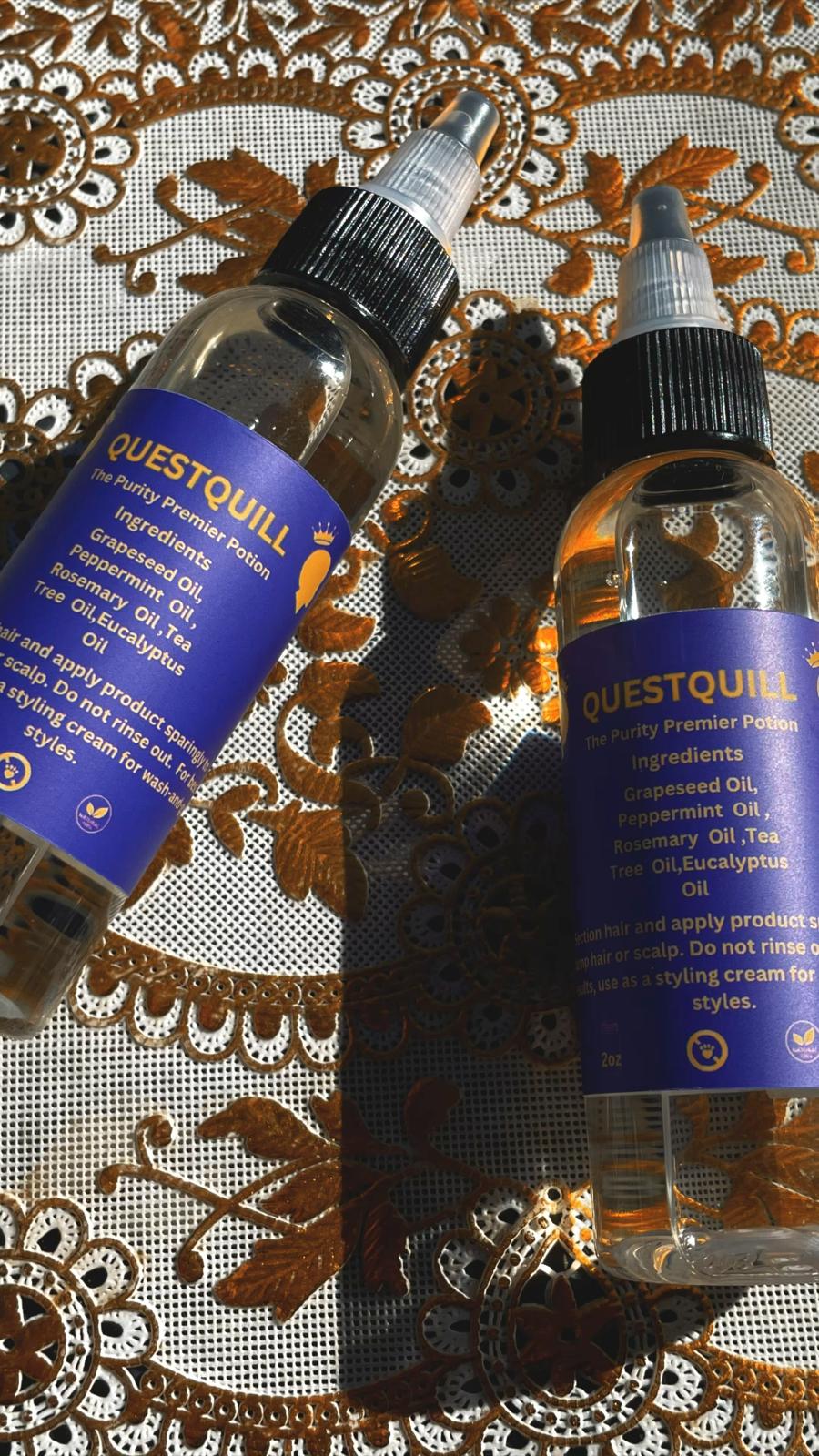
Buy 1 premier purity potion! 100% money-back guarantee if your hair doesn’t grow in 30 days plus we’ll send you 2 FREE! bottles of oil and free gifts !
Buy 1 premier purity potion! 100% money-back guarantee if your hair doesn’t grow in 30 days plus we’ll send you 2 FREE! bottles of oil and free gifts !
Understanding Your Hair Type: A Guide to Healthy, Vibrant Locks
Understanding your hair type is a fundamental step in creating a hair care routine that keeps your locks healthy, vibrant, and beautiful. Hair type is determined by several factors, including texture, density, porosity, and elasticity. Let’s explore each of these aspects to help you accurately identify your hair type.
Texture
Texture refers to the natural shape or pattern of your strands. Generally, hair texture falls into four categories:
– **Straight (Type 1):** This hair type is characterized by its straightness and lack of natural curl. It can range from fine and soft to coarse and thick.
– **Wavy (Type 2):** Wavy hair tends to have a slight “S” shape. This type can vary from loose, beachy waves (2A) to more defined, S-shaped waves (2B) and to wavy hair with some curls (2C).
– **Curly (Type 3):** Curly hair displays a definite loopy “S” pattern. The curls can range from loose ringlets (3A) to tighter spirals (3B) and springy corkscrews (3C).
– **Kinky/Coily (Type 4):** This hair type features tight curls or coils and is often quite delicate. The coils can range from fine and wiry (4A) to tight, almost zig-zag patterns (4B), and dense, s-shaped coils (4C).
### Density
Hair density, which refers to the number of individual strands on your scalp, is a key factor in how various hairstyles will appear and feel. This aspect is particularly important for styles such as Afros, ponytails, locks, braids, and curls. Each density level, from sparse to thick, presents its own unique challenges and benefits.
For those with Type 4 hair, known for its tight coils and kinks, understanding and embracing your hair’s density can greatly affect how you style and care for it. The density of your hair, or the number of individual strands covering your scalp, is crucial in determining the overall look, texture, and manageability of Type 4 hair.
Low Density
Low density means your hair strands are lower than the average amount of individual strands on your head. It also means being able to easily see your scalp; therefore, it is affecting you from having thick and full hair. Having low density hair can be challenging due to styling difficulties, not being able to find the right styling products and not achieving fullness and voluminous hair.
### How To Care For Low-Density Hair
When caring for low-density hair, it’s best to steer clear of heavy products that can weigh your hair down. Avoid using thick oils, creams, butters, and conditioners, as well as layering multiple products, since these can diminish the appearance of your hair’s density. Instead, choose lightweight, volumizing products like Cactus Rose Water Lightweight Conditioner, which can add body and movement while enhancing volume.
To give your hair a fuller look, consider picking or fluffing your strands to create the illusion of more volume.
Medium Density
Medium-density Type 4 hair strikes an ideal balance for many. It has enough volume to achieve a full look in styles like twist-outs or bantu knots, yet it’s not so thick that it becomes difficult to manage. This density level is versatile, allowing for a wide range of styles from sleek ponytails to voluminous Afros, all while remaining relatively easy to care for.
How To Care For Medium-Density Hair
If you have medium-density hair, you can choose whether you’d like to add volume or decrease it. When adding, we recommend mousses, whereas to decrease, we suggest hair butters and hair mask.
–
High Density
Having high-density Type 4 hair means you’ve got a lot of volume to work with, which is amazing but can be quite the task to manage. This type of hair can deliver those beautiful, full styles everyone admires, but it does require more time and effort for styling and detangling. The sheer amount of hair can make it harder for natural oils to travel down the strands, often leading to dryness.
When it comes to hairstyles, braids and locs look fantastic and full, but they can also put extra stress on your scalp and take a lot of time to install and maintain.
No matter your hair’s density, the key to healthy Type 4 hair is consistent moisture and gentle care. For those with lower density hair, lightweight products are your best friends as they won’t weigh your hair down. If you have medium to high-density hair, richer creams and butters will help to deeply hydrate each strand. Regular deep conditioning treatments, protective styling, and careful detangling are essential practices to keep your Type 4 hair in top shape.
How to care for high-density hair
Those with high-density hair looking to reduce the volume of their hair should focus on products with heavier holds—think gels, creams, and styling butters. These products are especially good for curly hair as they will help minimize puffiness and frizz.It’s good to keep in mind that curls are more densely packed in higher density scalps, making detangling sometimes a challenge. Investing in a good conditioner and styling agent, can help manage your volume when carefully working through tangles. It’s formulated with coconut oil, coconut milk, mango butter, and Murumuru butter to hydrate curls.
Porosity
Porosity is the hair’s ability to absorb and retain moisture. It can be low, medium, or high:
Low Porosity: Hair cuticles are tight, making it difficult for moisture to penetrate. This hair type often takes longer to dry.
Medium Porosity: Hair allows moisture to penetrate more easily and retains it well, often requiring the least maintenance.
High Porosity: Hair has gaps and holes in the cuticle, letting too much moisture into the hair and leaving it prone to frizz and dryness.
Elasticity
Your hair’s elasticity determines its overall strength. Think of an elastic band. If you stretch it a lot and then let go, it will go back to its original shape. The elasticity of your hair is a measure of how much it can stretch without losing its original state. When elasticity is in perfect balance the hair is defined and strong.
THERE ARE TWO REASONS WHY YOUR HAIR MIGHT NOT HAVE BALANCED ELASTICITY:
It’s not well moisturized.
Proteins are broken and it’s weak.
Embracing Shrinkage
Shrinkage is something many with curly and coily hair, especially those with Type 4 hair, know all too well. It’s when your hair looks much shorter than it really is because of the tight curls or coils. After a wash or when your hair is wet, it can shrink up to 70-80% of its actual length!
Shrinkage is actually a good sign—it means your hair is well-moisturized and has great elasticity. But, we get it, it can be a bit of a hassle when you’re trying to style your hair or show off its true length. Embrace the shrinkage as a part of your hair’s natural beauty, and remember, it’s a sign of healthy, bouncy curls.
Understanding your hair type is the first step towards crafting a personalized hair care routine that enhances your hair’s natural beauty. From the tight coils of Type 4 hair to the gentle waves of Type 2, each hair type has its unique characteristics and needs.
Texture: Whether your hair is straight, wavy, curly, or coily, recognizing your hair’s natural pattern helps in choosing the right products and styles.
Density: Knowing whether you have low, medium, or high-density hair helps in managing volume and styling effectively.
Shrinkage: Embrace the natural shrinkage of your curls as a sign of healthy, moisturized hair, even if it sometimes disguises your hair’s true length.
By understanding these aspects, you can better care for your hair, celebrate its uniqueness, and keep it looking its best every day.


551-310-6377
PO BOX 267 , 226 state st Hackensack nj 07601
